March
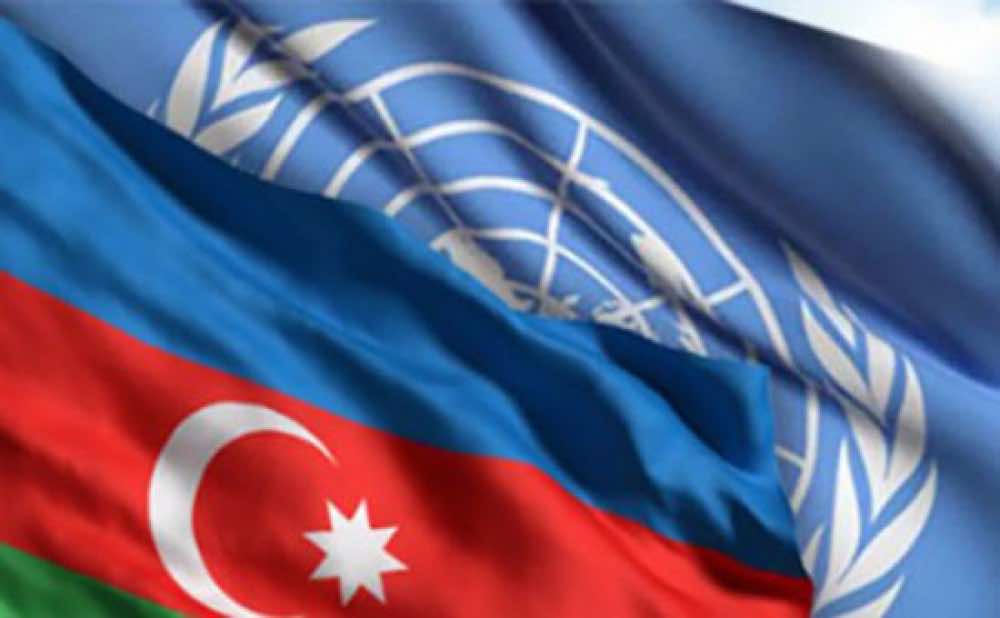
Admission of the Republic of Azerbaijan to membership in the United Nations
On October 29, 1991, after regaining its state independence, the Republic of Azerbaijan appealed to the UN General Assembly and world nations and asked to be accepted as a member of the UN. The Republic of Azerbaijan was admitted to the UN membership on March 2, 1992, and the Permanent Mission of Azerbaijan to the UN was opened on May 6, 1992.
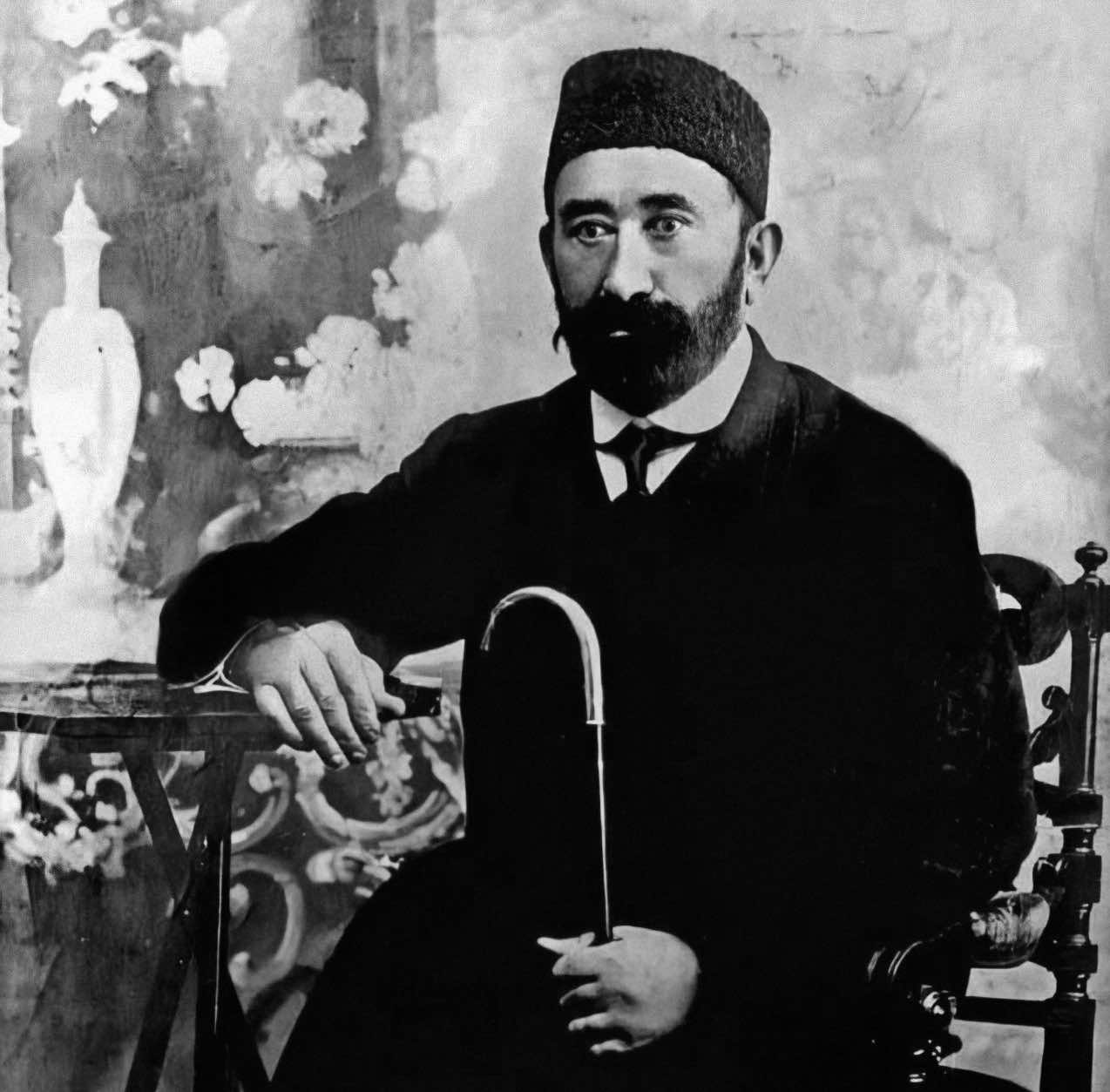
Well-known millionaire and philanthropist Agha Musa Nagiyev
Aga Musa Nagiyev was known as a big entrepreneur in the socio-economic life of Azerbaijan at the end of the 19th - beginning of the 20th century. Aga Musa Nagiyev was born in Bilajari village of Baku province in 1842. She lived her life in Baladjary settlement of Baku together with Haji Alinaghi Mammad. In 1871, Agha Musa married the daughter of Ummaselma Karbalayi Jafar. Their son Ismayil was born in 1879, and their daughter Ummulbanu was born in 1881. In 1900, a tragedy happened to Nagiyev's family - his daughter Ummulbanu died while giving birth to her fourth child.
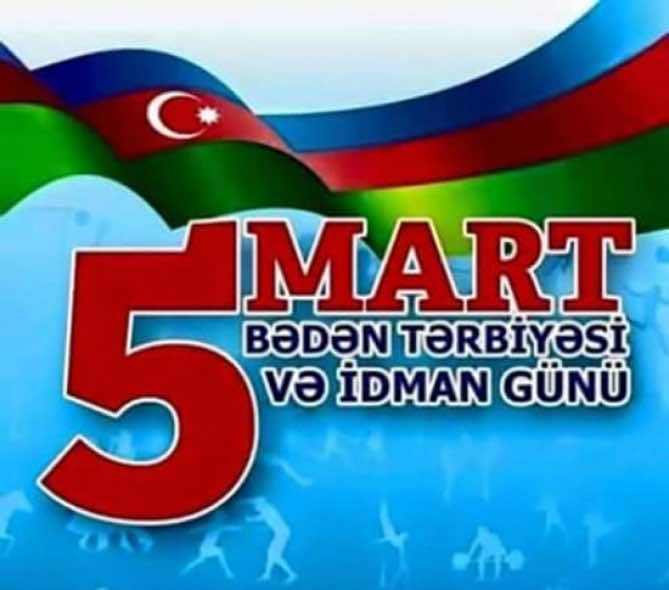
Physical Education and Sports Day
Azerbaijani sports are developing and gaining fame every year. And this became possible thanks to the effective work of our national leader Heydar Aliyev, who made a great contribution to the development of our sport. Since coming to power in 1969, he has done a lot of work to strengthen the material and technical base of sports. Among the works done by Heydar Aliyev in the field of sports, the construction of sports facilities has a special place. On July 26, 1994, by the decree of the President of the Republic of Azerbaijan, the Ministry of Youth and Sports of the Republic of Azerbaijan was established.

International Women
International Women's Day, March 8, is one of the significant historical days. The initiative to establish it in 1910 was made by the Leader of the Women's Group of the Social Democratic Party of Germany, Clara Zetkin, at a meeting of the Second International Conference of Socialists in Copenhagen in memory of 129 female worker who were burned on March 8, 1857 in America as a result of major strikes of workers, the purpose of this holiday Zetkin called the struggle of women for their rights. This proposal was accepted.
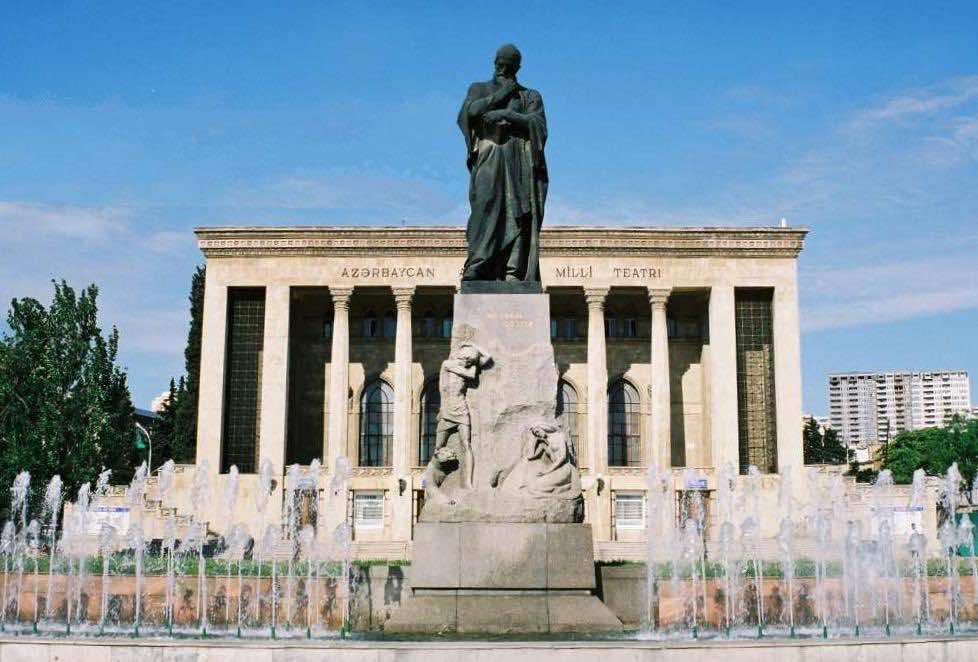
National Theater Day
Azerbaijani theater art has passed an ancient and rich historical path. On March 10, 1873, the theater lovers' troupe of the Baku real school performed M.F. Akhundzade's comedy "Sarguzeshti-vaziri-khan Lankaran". With this performance, the foundation of the national theater was laid in Azerbaijan. In the 1870s and 1880s, theater lovers operating in different cities of Azerbaijan gradually gathered around Baku's theater figures. Since 1887, the Baku theater troupe has been headed by Habib Bey Mahmudbeyov, Sultan Majid Ganizade and N. Valiyev, and since 1888 they have been operating as an independent theater collective.
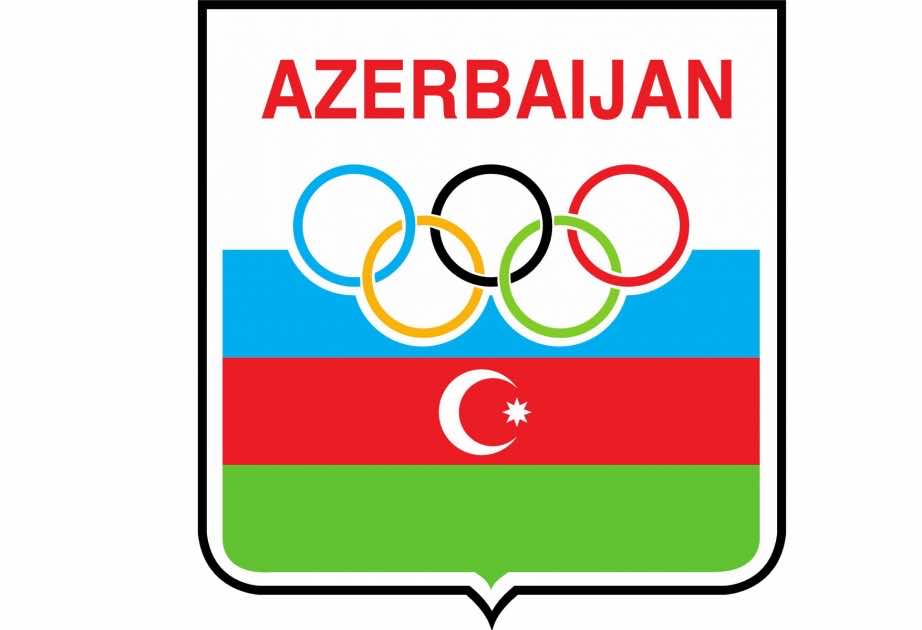
The establishment of the National Olympic Committee of Azerbaijan
The National Olympic Committee was established at the all-republic conference held on January 14, 1992, and was registered at the Ministry of Justice on March 10 of the same year. When the Olympic Games started in Barcelona in 1992, the National Olympic Committee of Azerbaijan was not yet recognized by the International Olympic Committee. Therefore, only four athletes of Azerbaijan were able to participate in the Barcelona Games as part of the national team of the Commonwealth of Independent States created at that time.
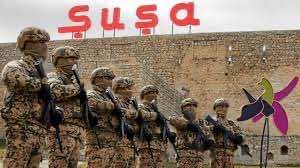
Day of Internal Troops
The activity of the Internal Troops in our country existed in previous periods under different names and different service goals. The military institution, which fulfilled the tasks corresponding to the appointment of the Internal Troops, was created for the first time during the ADR . In order to familiarize the population with military affairs, maintain stability and protect law and order in the capital of the republic, a voluntary detachment of soldiers was created by decree of the Parliament on June 1, 1919.
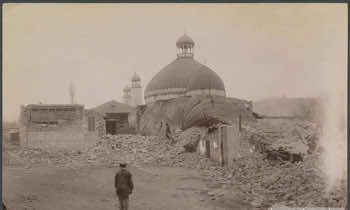
Shamakhi massacres of 1918
In the Shamakha uyezd, the Armenians ruined, burnt and brutally murdered the population of the 86 Azerbaijani villages. In the documents, acts, concerning the Armenian vandals’ atrocities, made by the Special Investigation commission on the 53 villages in particular, the number of the death toll and damage is indicated. According to the data, noted in the acts, in general, 8027 Azerbaijanis, among them 4190 men, 2560 women and 1227 kids were killed by Armenians in the 53 villages of the Shamakha uyezd. As to these acts, the damage caused by Armenians in the villages reached 339.5 billion rubles.

Terrorist act in 20 January metro station (March 19, 1994)
In the last century, Armenian special services have carried out dozens of terrorist acts in Azerbaijan. Armenian extremists committed terrorist acts in all types of transport in Azerbaijan, including the subway. One of these bloody terrorist attacks occurred on March 19, 1994, around 1:00 p.m., when the train stopped at "20 January" station, because of the explosion of a manual device equipped with a clock mechanism in the first carriage, 14 people were killed and 49 were injured.
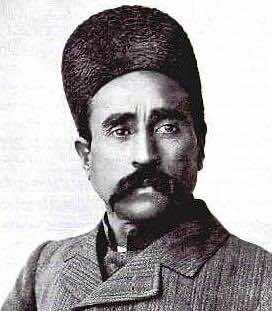
Constitutional movement in South Azerbaijan (1905-1911)
At the beginning of the XXth century, South Azerbaijan under the rule of the Kadjar dynasty (1796-1925), experienced a severe socio-economic crisis. The conversion of Iran into a semi-colony of Russia and England, the tyranny of the shah and his officials, regular famines and bureaucratic corruption deteriorated the situation of the broad masses of the population. To replenish the devastated state treasury, taxes levied on merchants, artisans and peasants were illegally increased. This revenues were used for the needs of shah and his relatives. All segments of the population were dissatisfied with the government.

Novruz Holiday
Novruz holiday is one of the oldest and most popular national holidays. Agriculture and animal husbandry, which laid the foundation of human evolution, played an important role in the economic life of the peoples of the Middle East, as well as the people of Azerbaijan. Nowruz, the day of the spring equinox, is celebrated as the beginning of a new year by more than 300 million people around the world and has been celebrated for more than 3,000 years in the Balkans, the Middle East, the Caucasus, Central Asia, the Black Sea basin and some other regions.
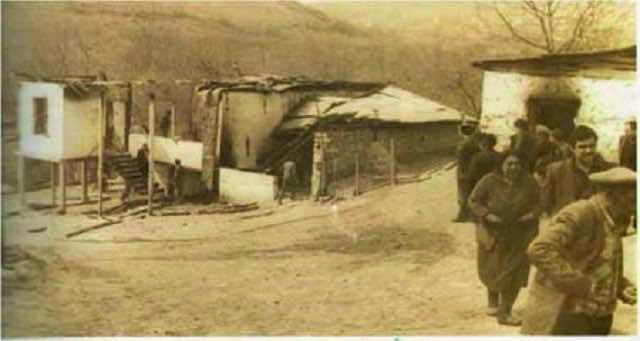
Baghanis Ayrim tragedy
Baganis Ayrim village was located in Eskipara administrative territorial unit of Gazakh district. This village which was founded at the beginning of the 18th century and was formerly called Seyid Ayrim, was attacked by Armenians at times and as a result of wich, it was forced to change its original location. Armenian hypocrisy and Russian support played significant role in these changes.
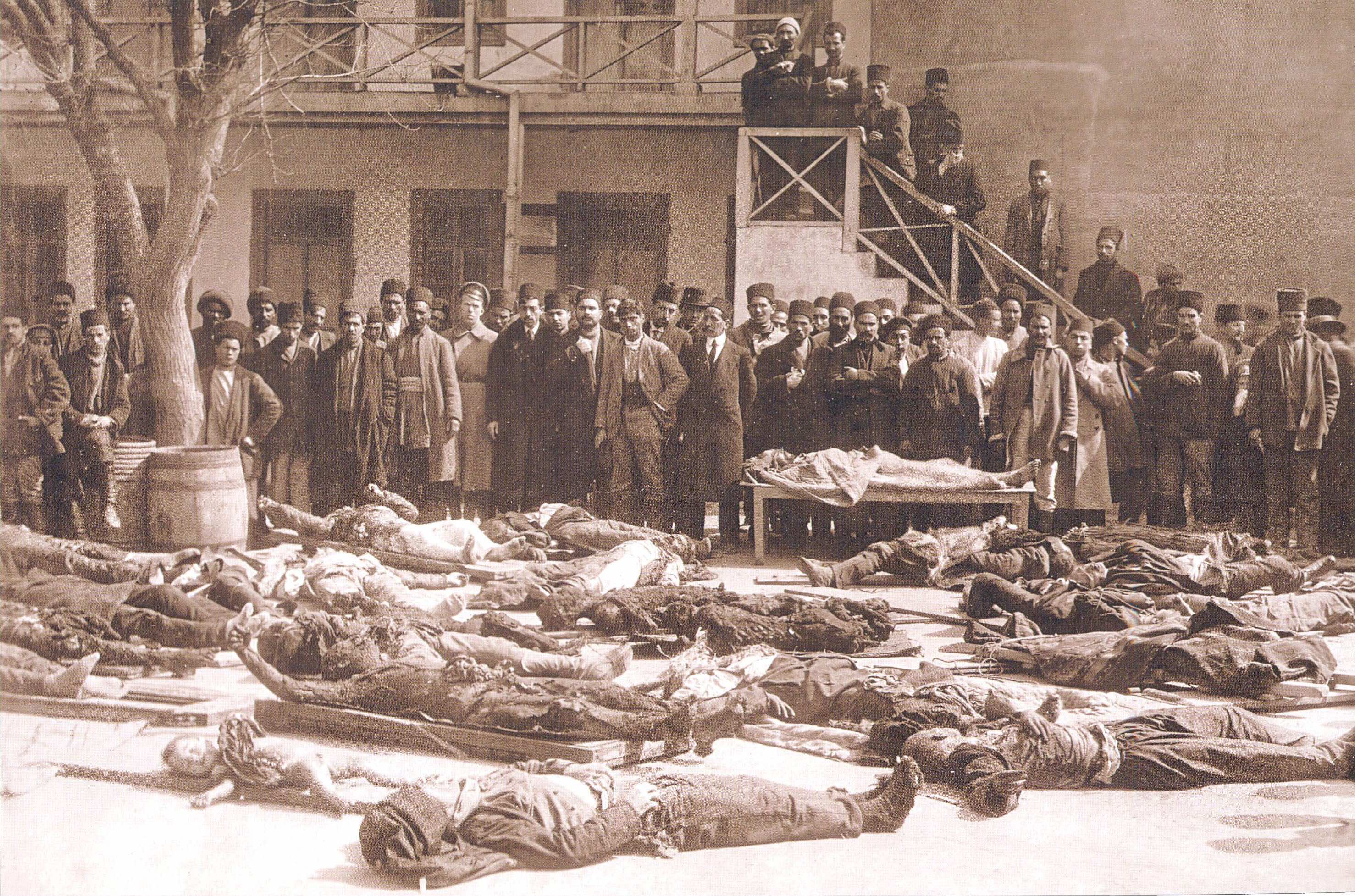
Baku massacres of 1918
At the different stages of history, Armenian nationalists, in order to implement the mythical ideas of the “Great Armenia”, implemented ethnic cleansing, deportations and genocides against our fellow citizens. One of the most bloodcurdling tragedies against the Azerbaijani people, is the massacre which committed with particular brutality 100 years ago - in March-April 1918, the Dashnak-Bolshevik armed groups operating under the mandate of the Baku Soviet. Based on the official information, consequently of the March Events in Baku, more than 12,000 people were killed.
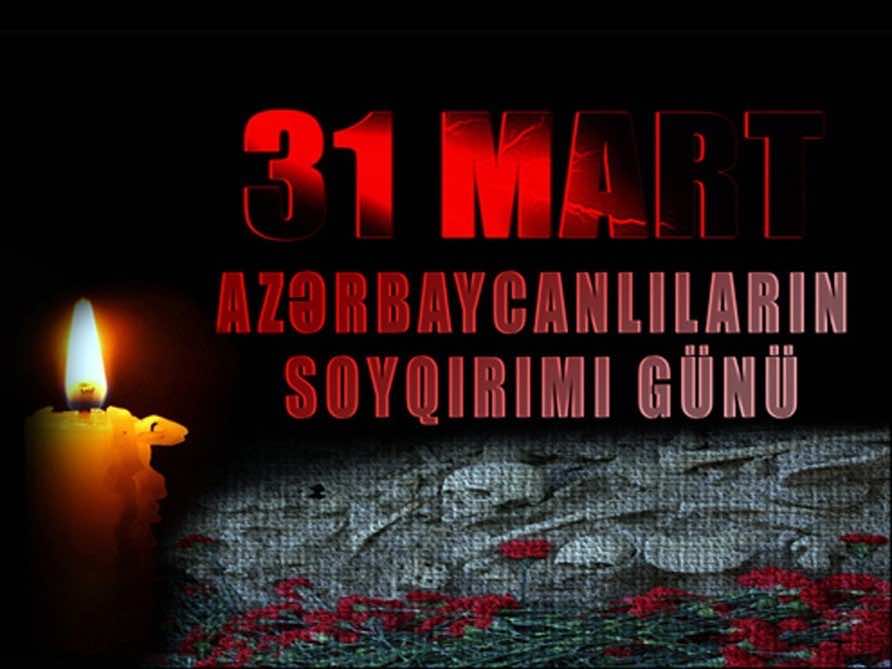
Day of Genocide of Azerbaijanis
The history of the Armenian nationalists` policy of genocide against the Azerbaijani people dates back to the early 18th century when tsarist Russia was exploiting the Armenians by promising them to create an Armenian state in the Caucasus in order to ramp up its expansionist policy towards the South Caucasus. On November 10, 1724, Peter I issued a decree allowing the Armenians to settle in Baku and other regions of Azerbaijan.
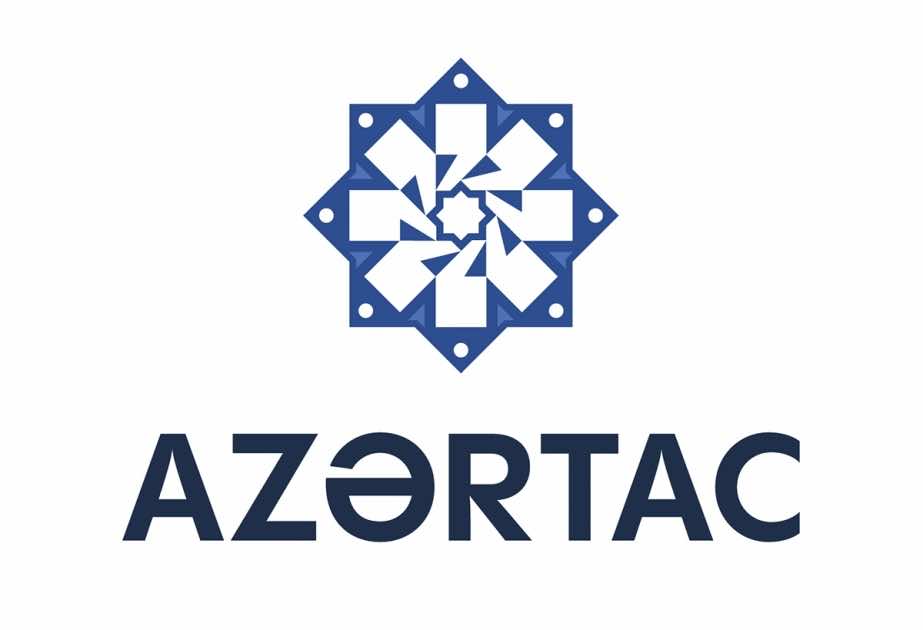
Beginning of professional activity of AZERTAC
The main purpose of creating the Azerbaijan Telegraph Agency was to provide state institutions of ADR with information received from Europe, Asia and America, as well as press agencies and public organisations, bringing the information policy of the new state to the public. The founding of Azerbaijan Telegraph Agency was discussed at a session of the Council of Ministers of Azerbaijan Democratic Republic on 3 March 1919. The session heard from chairman of the Council of Ministers Fatali Khan Khoyski, and the task of establishing the agency was entrusted to Minister of Enlightenment Nasib bay Usubbeyli.

International Writers’ Day
The culture of the peoples of the world has always been historically interconnected and developed, and this has contributed to the acquisition of high moral values. Eastern and Western cultures, which are characterized as the two poles of world culture, have reached the modern civilized stage and developed as a result of mutual connection and influence. International Writers’ Day occurs every year on March 3rd. The celebration was initiated by PEN International, a worldwide association that gathers professional writers specialized in various genres of literature. The idea of an international union of writers was first suggested by the English writer Catherine Amy Dawson Scott.
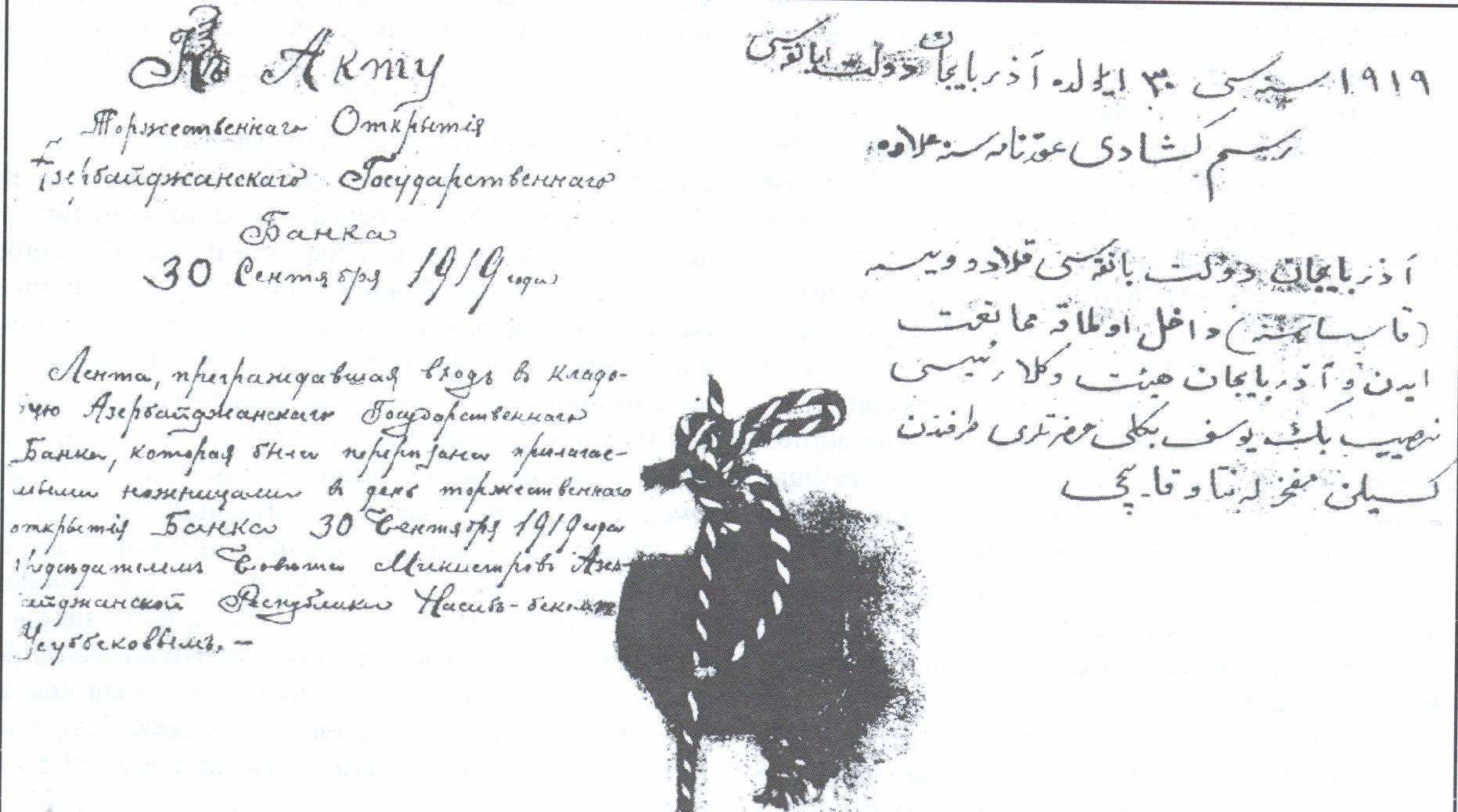
First State Bank of Independent Azerbaijan (1919)
The history of central banking in Azerbaijan dates back to the early 20th century. Declaring its independence on May 28, 1918, Azerbaijan established the first democratic republic in the Muslim world - the Azerbaijan Democratic Republic. In the first period, Russian roubles, as well as "Baku bonds" and Transcaucasian bonds issued by the Baku City Administration and the Baku Soviet Municipal Authorities by the decision of the Baku Council of People's Commissars and put into circulation from January 1918, was widely used. At that time the Baku branch of the former State Bank of Russia also continued its operations.

Special Transcaucasian Committee
On March 3, 1917, in the aftermath of the February Revolution, Russia's Provisional Government assigned civil governance of the South Caucasus to the newly-formed Special Transcaucasian Committee (OZAKOM). Comprising State Duma deputies, this body represented the diverse nationalities of the region. Its notable members included M. I. Papadjanov (Dashnaktsutyun party), M. Y. Jafarov (Musavat party), K. G. Abashidze (social-federalists), and Socialist Revolutionary P. N. Pereverzev. Shortly after its formation, A. Chkhenkeli replaced P. Pereverzev by order of Prime Minister Lvov.
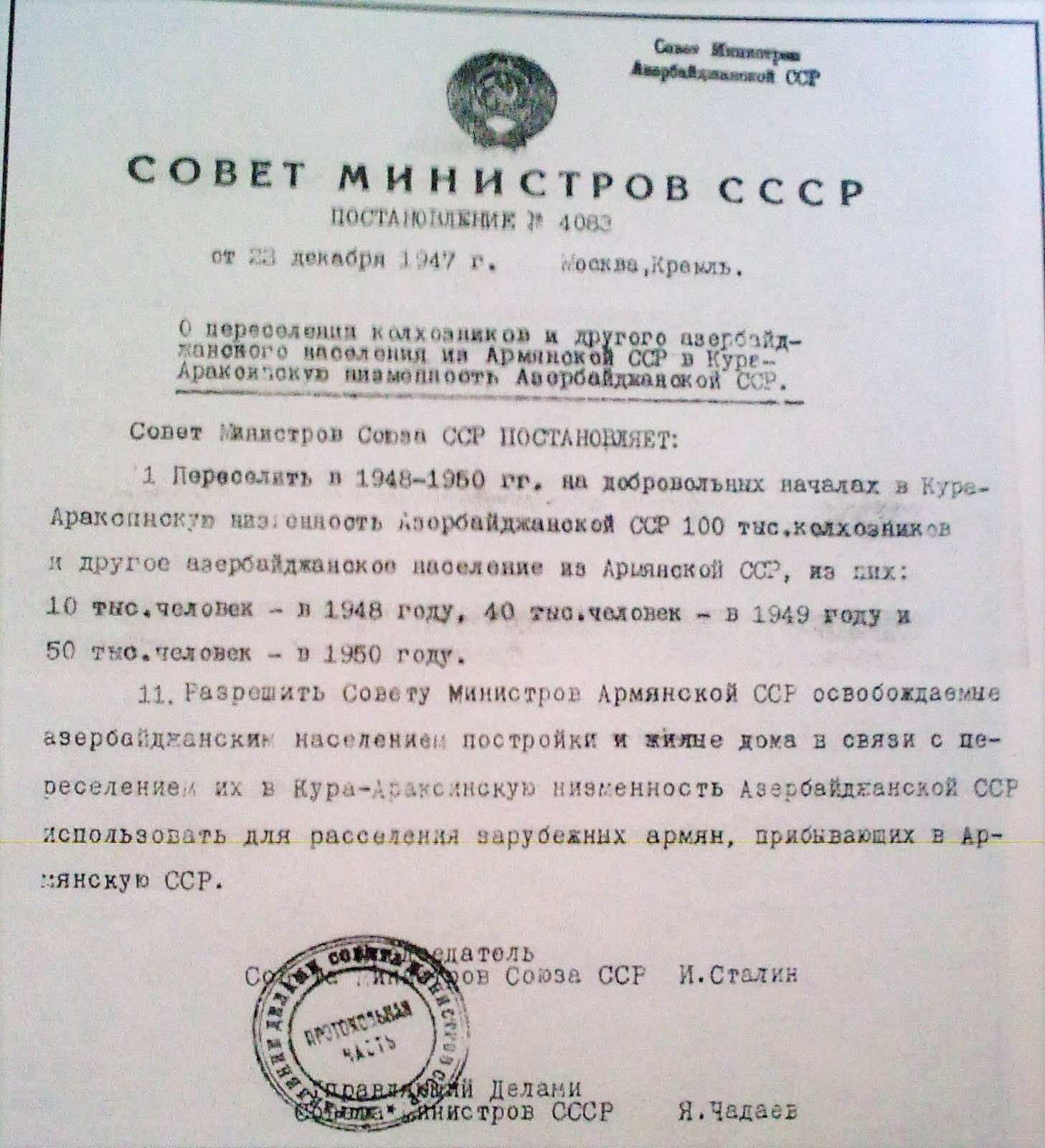
Deportation of Azerbaijanis from Armenia (1948-1953)
Despite the genocide of Azerbaijanis in Armenia in 1918-1920, mass repression and deportations in the 1930s, Azerbaijanis still lived along the borders of Armenia, Turkey and Iran, as well as Azerbaijan and Georgia. The settlements surrounding the city of Iravan were considered to be the most fertile lands, and Azerbaijanis constituted the majority of the population in these areas. The mass deportation of Azerbaijanis from the historical and ethnic lands of the Armenian SSR in 1948-1953 was the next stage in the policy of Armenians and their protectors to take advantage of the dominance of the Soviet Union at the end of World War II.

Federative Union of Socialist Soviet Republics of Transcaucasia
Following the establishment of Soviet power in Azerbaijan in April 1920, in Armenia in November 1920, and in Georgia in February 1921, Soviet Russia began implementing a plan to unite the three Soviet republics of the South Caucasus into a single union, subsequently annexing this union to Soviet Russia. In 1921, for the first time, resolutions were adopted to abolish customs and border checkpoints between the Transcaucasian republics, to consolidate foreign trade institutions, and to unify railways.
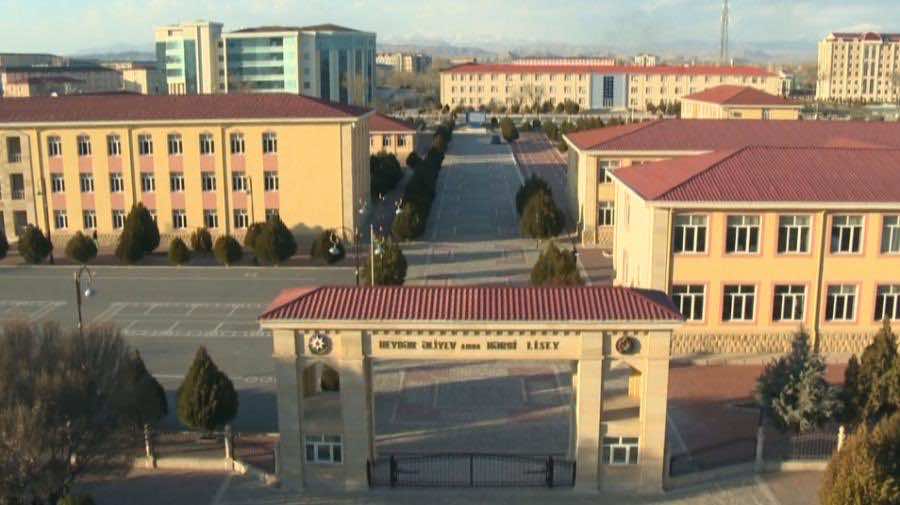
Nakhchivan branch of the Military Lyceum named after Jamshid Nakhchivanski
The National Leader Heydar Aliyev has always paid special attention to the training of qualified military personnel in his army-building strategy. Yet since the times of the Soviet Union, the Baku Primary Military School named after Jamshid Nakhchivanski was founded in 1971. On November 24, 1997, the school was renamed as the Military Lyceum named after Jamshid Nakhchivanski by order of President of the Republic of Azerbaijan Heydar Aliyev. Units of the National Army were first formed in Nakhchivan during Heydar Aliyev’s tenure as Chairman of the Supreme Assembly of the Nakhchivan Autonomous Republic.
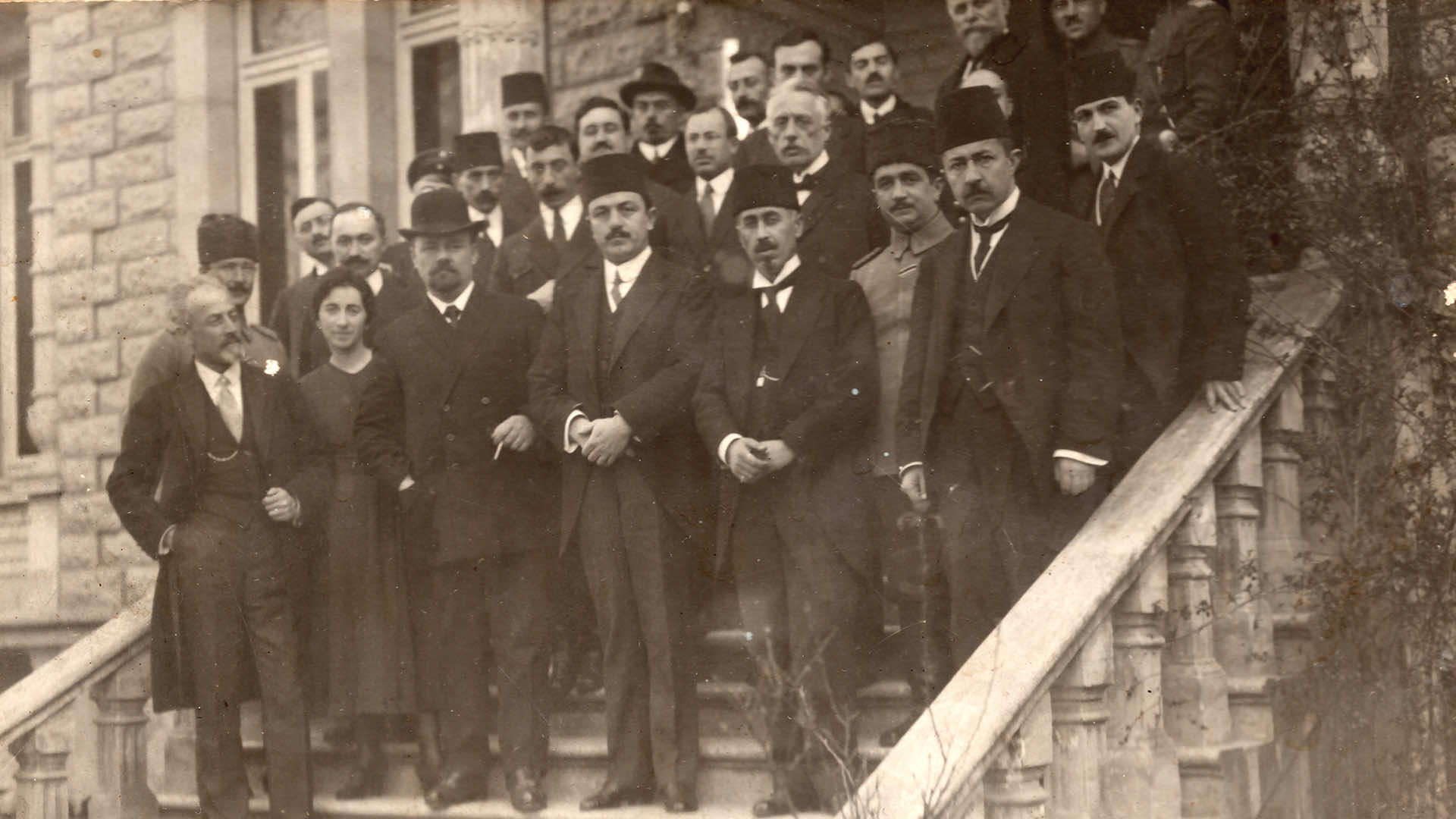
Trabzon Conference (1918)
The negotiation platform of the Transcaucasian Sejm with the government of the Ottoman Empire aimed to establish permanent peace with the Ottoman Empire and restore the inter-state borders that existed before the war. During the preparation of the Transcaucasian Sejm for peace negotiations with the government of the Ottoman Empire, a peace treaty between Russia and Germany was signed in Brest-Litovsk. According to the terms of this treaty, the territories of Ardahan, Kars, and Batumi were transferred under the authority of the Ottoman Empire.
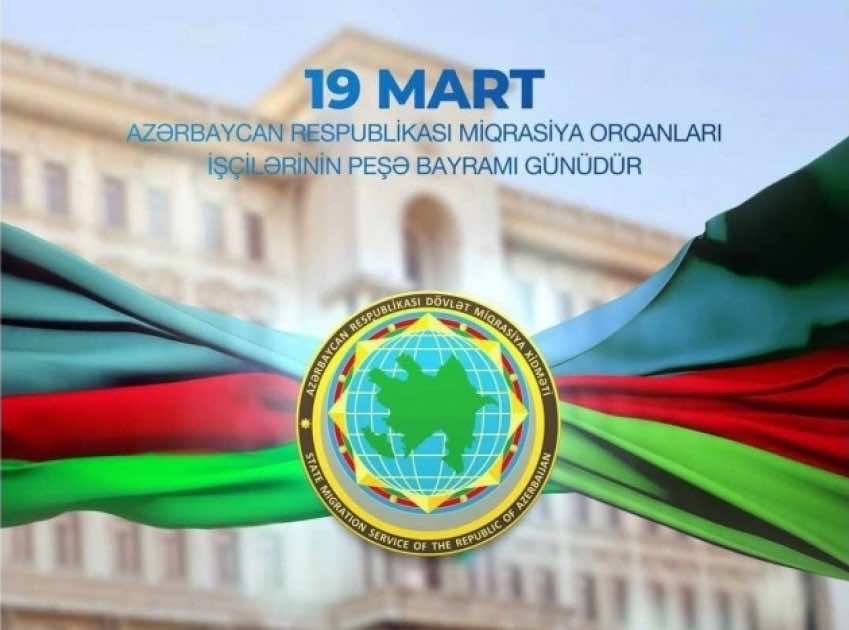
Professional holiday of migration bodies’ employees of the Republic of Azerbaijan
March 19 is the day of creation of the State Migration Service. According to the Decree of the President Ilham Aliyev dated March 17, 2007, March 19 is annually celebrated as a professional holiday of migration bodies’ employees of the Republic of Azerbaijan. Ensures the rapid socio-economic development of Azerbaijan, the expansion of international relations in the field of energy and transport, at the same time, the geopolitical position of our country in the context of globalization has led the country to progress in strengthening migration processes.

Science Day
Science Day in Azerbaijan is celebrated on March 27. World Science Day for Peace and Development, celebrated annually on 10 November, was proclaimed in 2001 at the UNESCO General Conference. The first World Science Day for Peace and Development was celebrated worldwide on 10 November 2002 under UNESCO auspices. Science Day aims to promote scientific thinking and highlight the importance of science in everyday life, encourages scientific research and innovation by emphasizing the role of science in society and ensures awareness of scientific developments. The Decree of the President of Azerbaijan on April 9, 2018, established the "Science Day", which is celebrated annually on March 27.
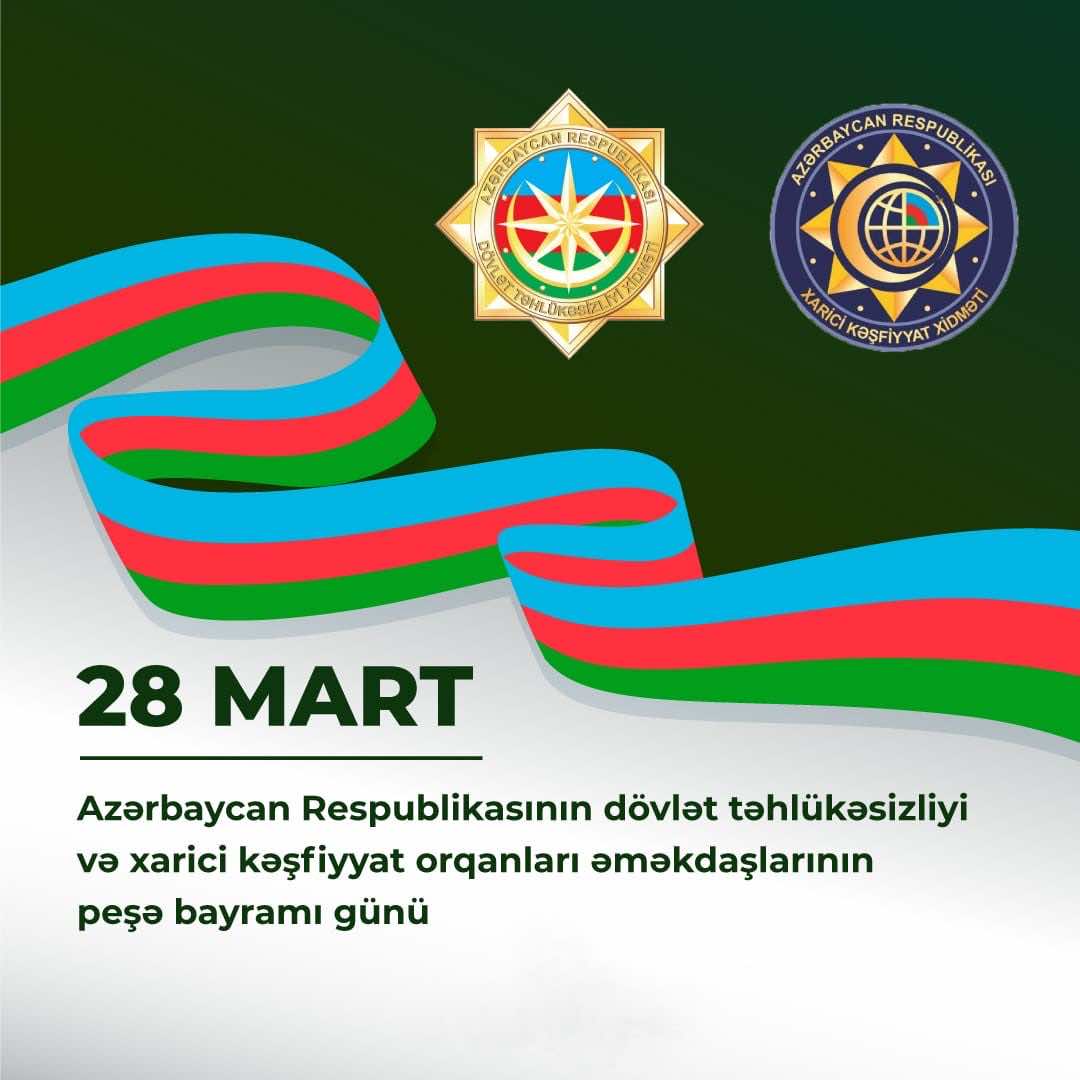
Professional holiday of security officials of the Republic of Azerbaijan
In accordance with the Order of National Leader Heydar Aliyev "On the establishment of the day of the professional holiday of employees of National Security of Azerbaijan Republic" dated on March 23, 1997, March 28th is celebrated each year as the day of the professional holiday of employees of national security. This historic day is linked to the founding of the Azerbaijan Democratic Republic's intelligence and counter-intelligence agency on March 28, 1919, to secure state security. After the adoption of the “Declaration of Independence” on 28 May 1918, the need emerged to establish a security service in order to effectively combat internal and external threats.
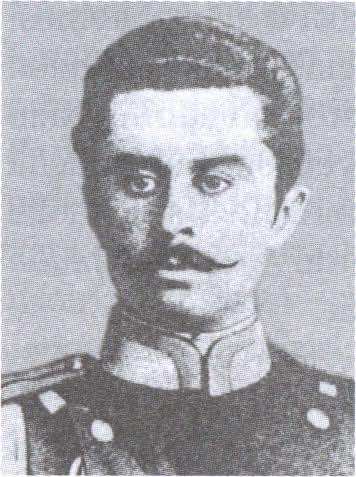
General Ibrahim-aga Usubov
Ibrahim Agha Musa Agha oghlu Usubov was born on March 6, 1872, in Girag Salahli, Gazakh district. His father, Musa Agha, was an officer in the Russian army. Ibrahim Agha graduated from the cadet corps in Tiflis and graduated from the 2nd Konstantinovsky military school in 1892. A year later, he received the rank of non-commissioned officer. In 1902, he participated in the Russo-Japanese War as a junior captain. For his bravery in the Battle of Port Arthur, he was awarded the Order of St. Vladimir, 4th class, and the Order of Saint Stanislaus, 3rd class (with sword and ribbon). In the fall of 1914, he received the rank of lieutenant colonel.
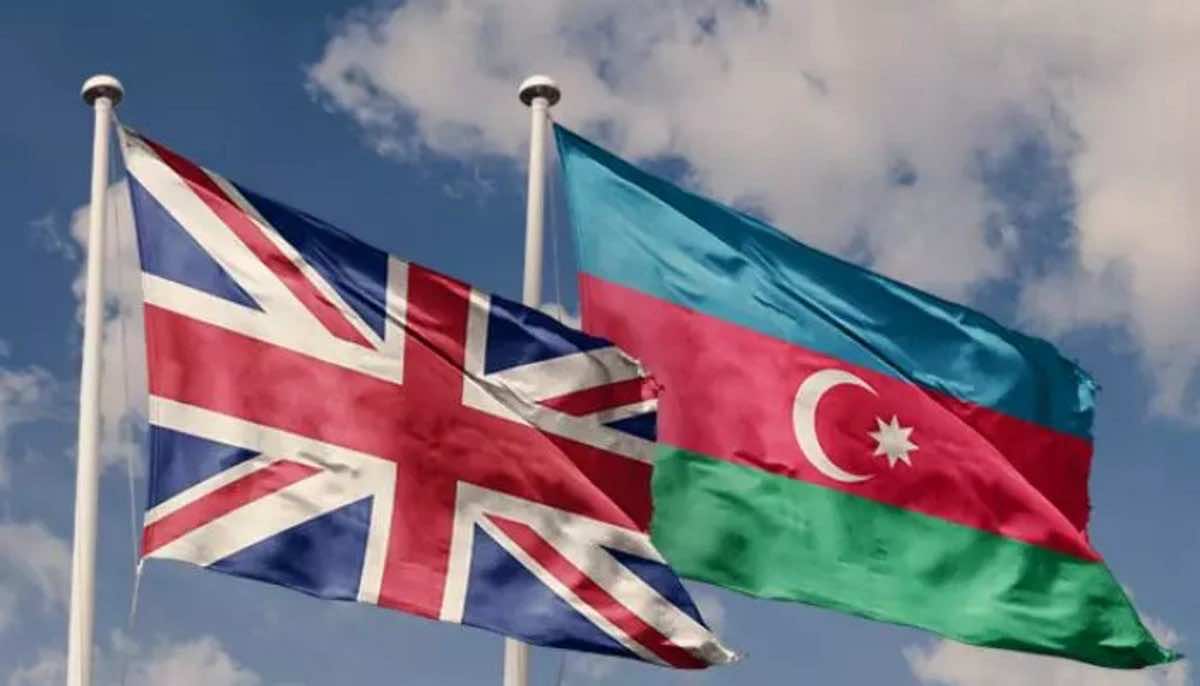
Establishment of diplomatic relations between Great Britain and the Republic of Azerbaijan
One of the main directions in Azerbaijan's successful multifaceted foreign policy is relations with Great Britain. Relations between Great Britain and Azerbaijan have historical and strategic importance. The modern history of relations between the two countries dates back to the early 1990s. Great Britain was one of the first Western countries to recognize the restoration of Azerbaijan's independence. The United Kingdom recognized Azerbaijan's independence on December 31, 1991. Diplomatic relations between the two countries were established on March 11, 1992.
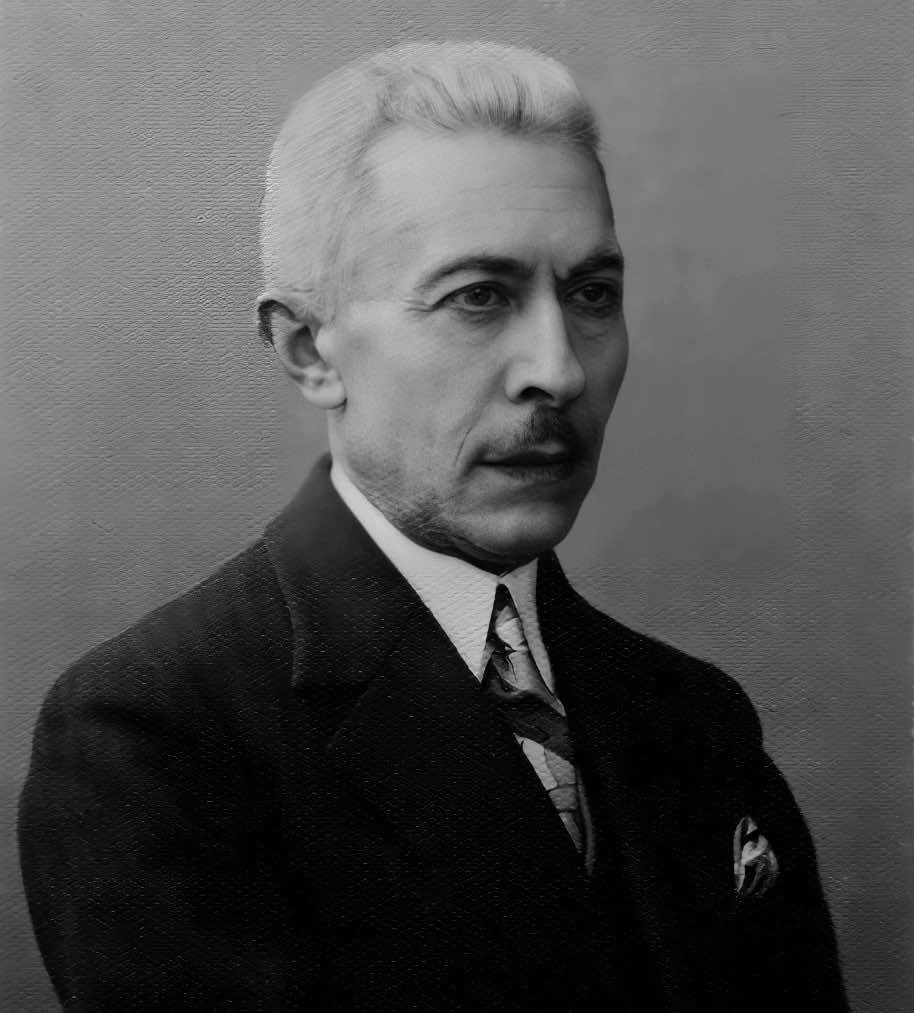
Orientalist, founder and reformer of the Azerbaijani National Police Sadig Bey Aghabeyzadeh
Major General, Orientalist scholar, and Deputy Minister of Internal Affairs of the Azerbaijan Democratic Republic Mahammad Sadig Bey Aghabeyzadeh was born on March 15, 1865, in Goychay District. He is originally from the famous Aghabeylilar family of Salyan District. Mahammad Sadig Bey Aghabeyzadeh received his secondary education at the Baku Real School. After graduating from the Baku Real School in 1883, he continued his education at the Petersburg Military Infantry and Artillery School that same year. Upon graduation from military school in 1886, he began serving in the Caucasus at the Kars-Alexandropol fortress, receiving the rank of podporuchik.
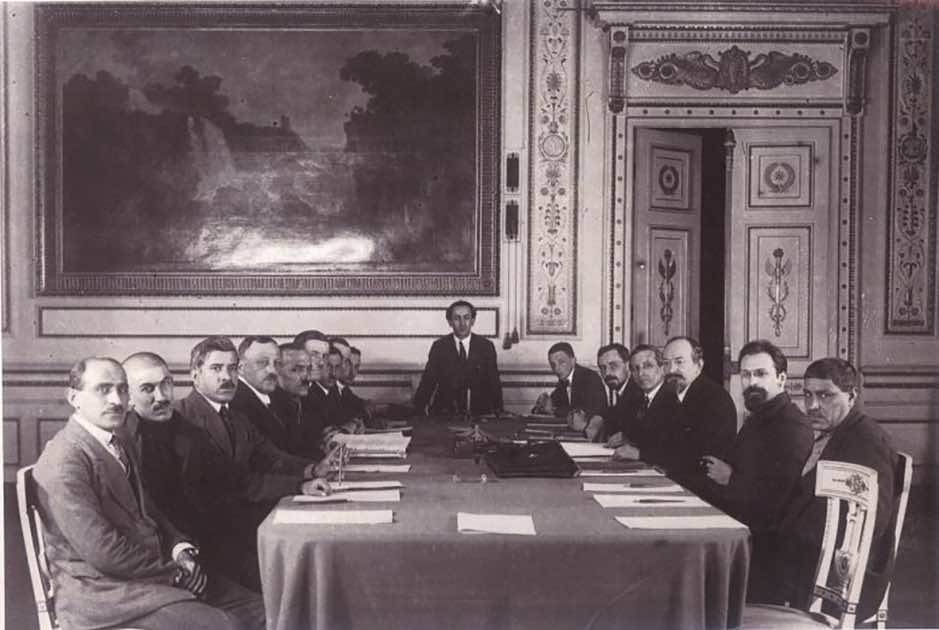
Moscow Peace Treaty (March 16, 1921)
At the beginning of the 20th century, Armenians wanted to occupy Nakhchivan in order to seize more land. This would have closed the only corridor that strengthened Turkey's ties with Azerbaijan and, consequently, with Central Asia. Even after the establishment of Soviet power in Azerbaijan, as a result of aggressive actions of the Dashnaks, tensions remained in Nakhchivan. With the help of XI Red Army on July 28, 1920 Soviet power was established in Nakhchivan and Nakhchivan Revolutionary Committee was created as the supreme authority of the republic.
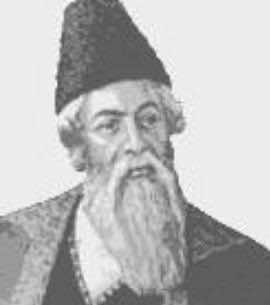
Prominent Azerbaijani poet-enlightener Molla Veli Vidadi
The prominent poet Molla Vali Vidadi was one of the brightest representatives of early realism in 18th-century Azerbaijani literature. He was born on March 17, 1707, in the village of Shikhli, Gazakh district. Originally from Shamkir, Vidadi's father, Mahammad Agha, was a leading and educated man of his time who provided his son with an excellent education. After his father's death, Molla Vali Vidadi, who had a deep interest in science and education, took on the family’s responsibilities. Distinguished by his hard work and talent, Vidadi earned respect and influence among the people from a young age.
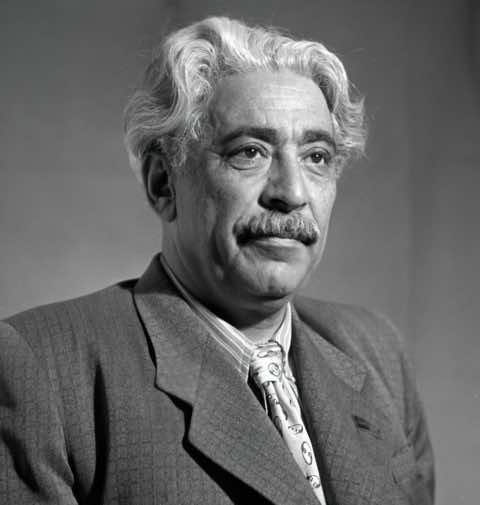
People's Poet of Azerbaijan Samed Vurgun
Samad Yusif oglu Vekilov was born March 21, 1906 in the Yukhari Salahli village of Gazakh district. Childhood poet lived in his native village, got primary education in the Russian-Tatar school here. In 1918, the eminent literary critic and educator Firidun Bey Kocharli translated Azerbaijani department of the Gori Teachers ' Seminary to Gazakh, thus organized Gazakh Teachers' Seminary. Among children enrolled in the school, was also Samad Vekilov. After graduating from the seminary (1924), Samad Vurgun started teaching Azerbaijani language and literature in Gazakh, Guba and Ganja. In 1920-1930 years, poet’s work attracted the attention of the literary world and the general readership.
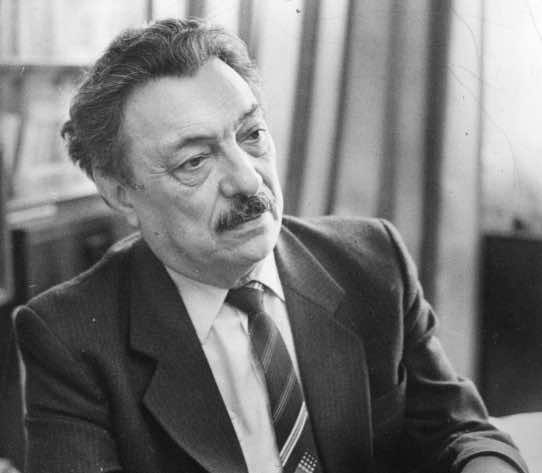
People's Writer of Azerbaijan Ismayil Shikhli
Ismayil Gahraman oghlu Shikhlinski, also known as Ismayil Shikhli, was born on March 22, 1919, in the village of II Shikhli, located in the Gazakh district of Azerbaijan, into a family of teachers. He graduated from primary school in Kosalar and then attended the Gazakh Teacher's Training School from 1933 to 1936. After working as a teacher at the Kosalar village secondary school for a year, he continued his education at the Language and Literature Faculty of the Lenin Azerbaijan State Pedagogical Institute from 1937 to 1941. From 1941 to 1942, he served as the head of the teaching department in the village of Kosalar in the Gazakh district.
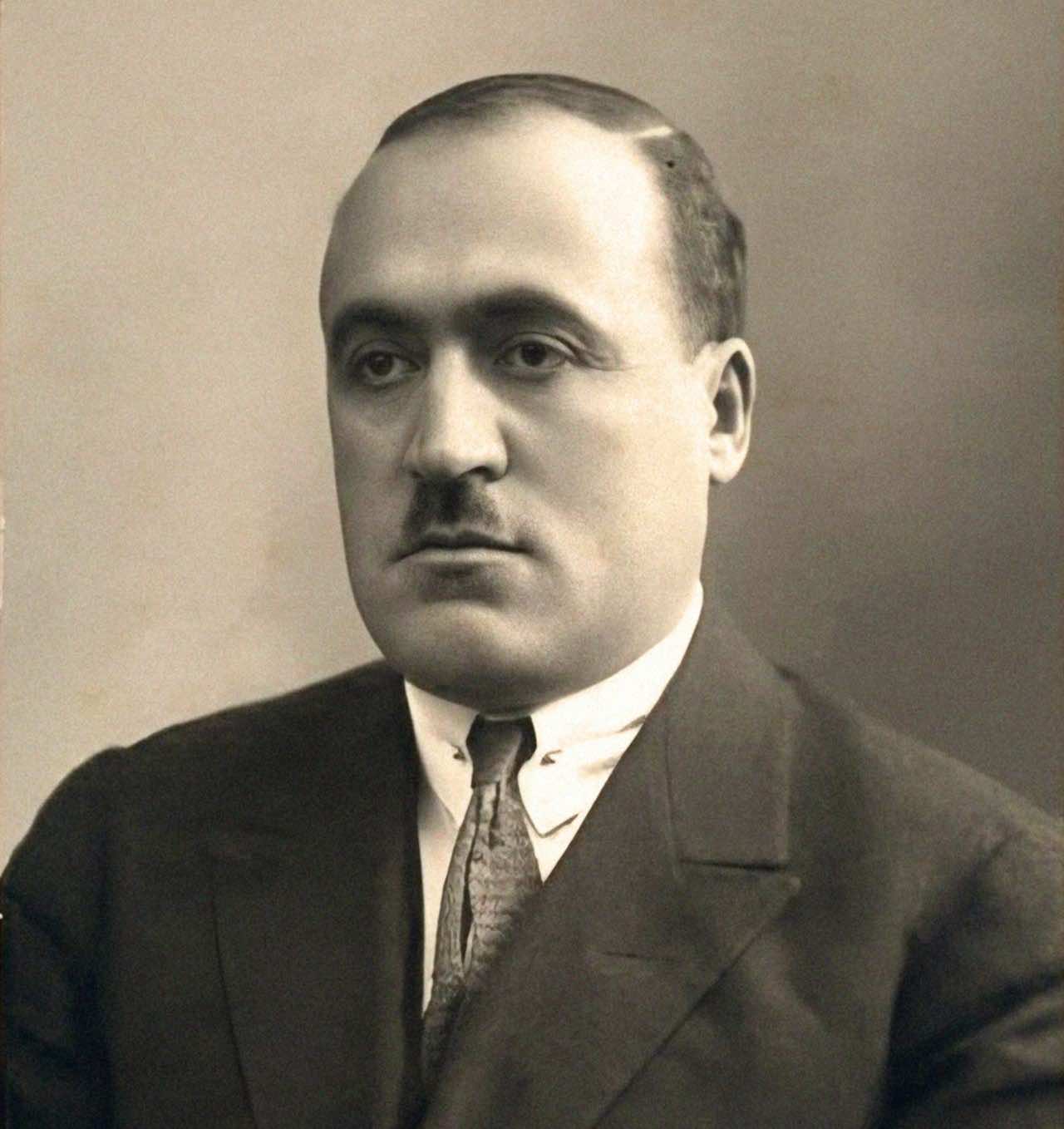
Prominent prose writer, poet, playwright Mammad Said Ordubadi
The prominent Azerbaijani writer, publicist, playwright, poet, and public figure, Mammad Said Ordubadi, was born on March 24, 1872, in Ordubad, Nakhchivan. His father was the poet Hajiaga Fagir Bey, and his mother was Nanagiz Khanum. After the death of his father, 7-year-old Mammad and his sister were raised by their uncles for a while. Mammad Said Ordubadi received his primary education at a local mollakhana (Muslim ecclesiastical school) under Akhund Sharabani and later continued his studies at Mirza Bakhshi's school. In 1890, Mammad Said began attending a new style of the school opened in Ordubad by the great educator Mahammad Taghi Sidgi.
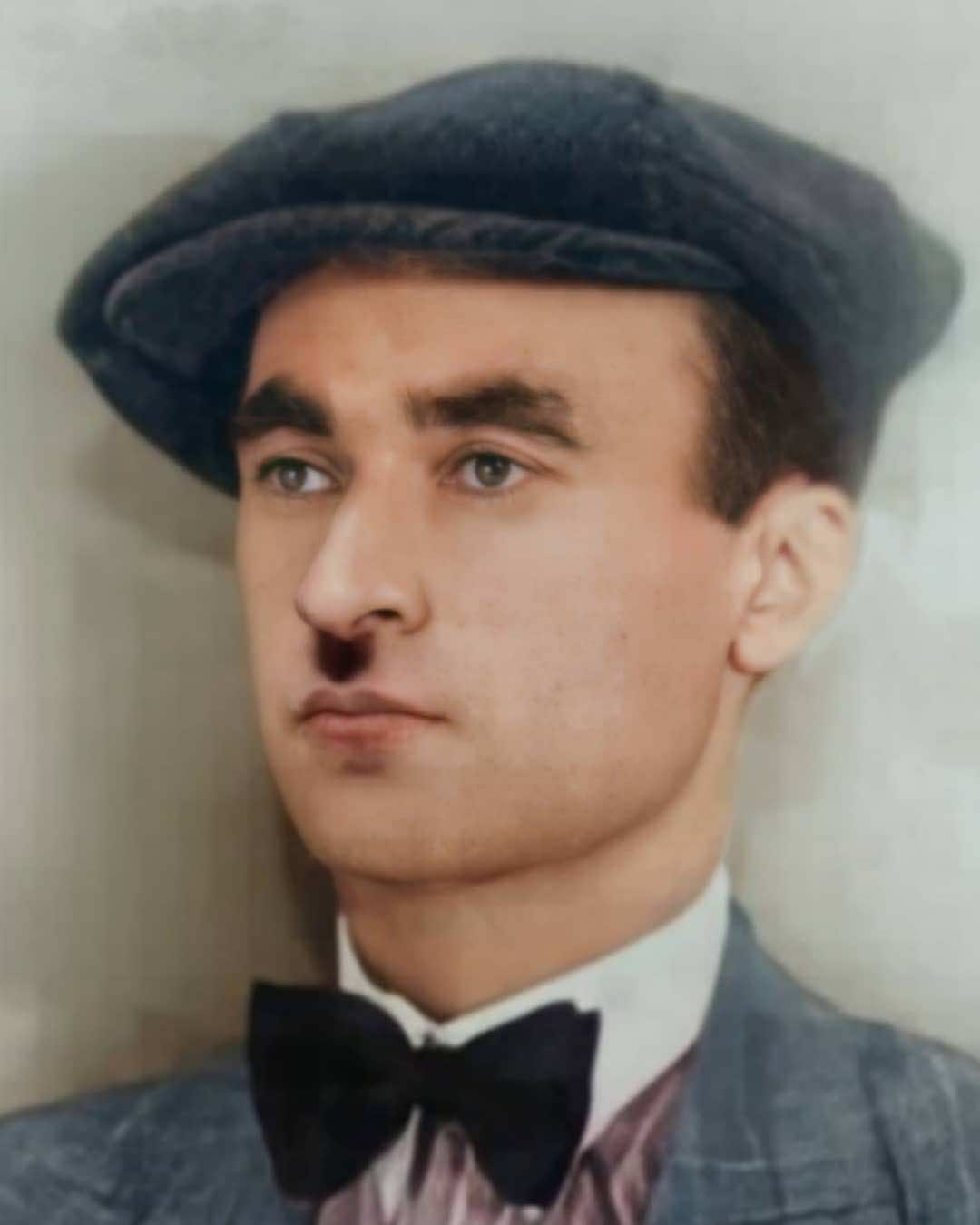
Almas Ildirim, a prominent representative of Azerbaijani emigration literature
Ildirim Abdulmahammad oghlu Almaszadeh was born on March 25, 1907, in Baku. His father, Abdulmahammad, lived in Gala, one of the oldest villages in Baku, and moved to the city as he was engaged in petty trade. The poet known as Almas Ildirim in Azerbaijani literature was named Abdulhasan. However, after his grandfather's name, he was called Almas from childhood. He published his poems under the signature Almas Ildirim, which is how he became well-known and famous. A. Ildirim began his early education at the Persian-oriented "Ittihad" school. In 1925, at eighteen, Almas graduated from the "Ittihad" school and continued his studies at the model school of Abdulla Shaig.
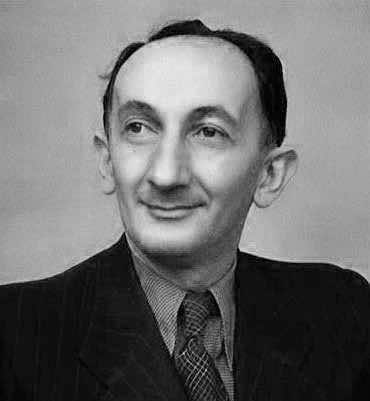
Writer, playwright, screenwriter Sabit Rahman
Sabit Karim oglu Mahmudov (Sabit Rahman) was born on March 26, 1910, in Shaki. After receiving his primary education in Shaki, he studied at the A. Shaig Model School in Baku. In 1924, he enrolled in the Baku Darulmuallimin, a teacher's training school established to train male teachers after the Bolsheviks occupied Azerbaijan. He was taught by masters such as H. Javid, A. Shaig, and S. Huseyn. After graduating from the school where Gantamir was the principal, he returned to Shaki in 1926 and was appointed as a teacher at the school he had previously attended. Eventually, he came to Baku to pursue higher education.
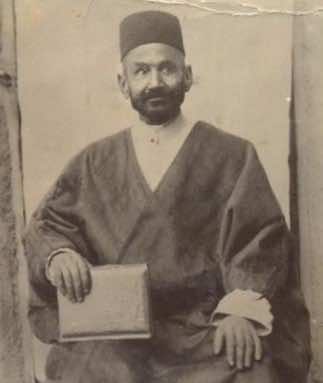
Mollanasreddinist poet Mirza Ali Mojuz
Mirza Ali Haji Aga oglu Mojuz was born on March 29, 1873 in the village of Shabustar in a merchant family. Mojuz's father, Haji Agha, often traveled to Istanbul on business. He even moved there his two older sons, Huseyin and Hasan, and created there for them all the conditions for life. And his younger son Mirza Ali stayed with him. Mirza Ali received primary education in his homeland, in Shabustar, in a spiritual school. When the boy was 16 years old, he was left an orphan and moved to Istanbul to his brothers. Mojuz lived in Istanbul for 16 years selling school supplies. The poet was deeply inspired by the atmosphere of Istanbul.